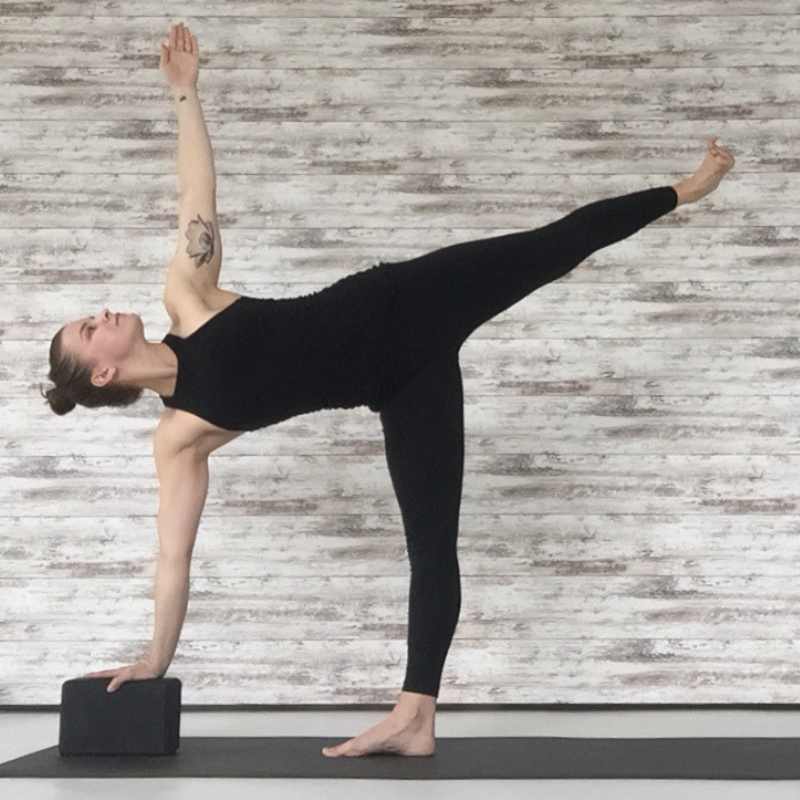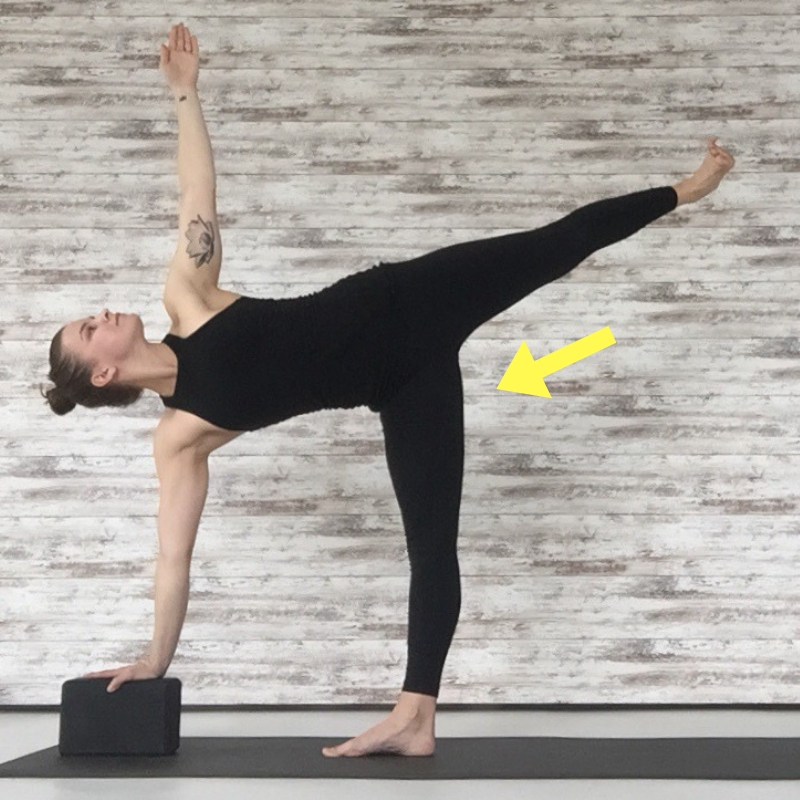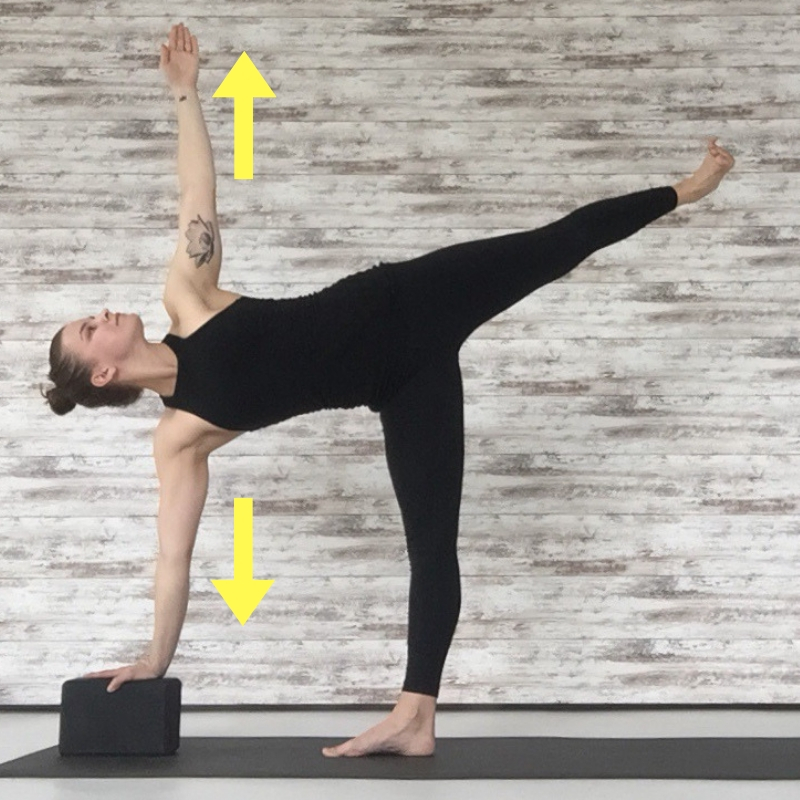Ardha Chandrasana - Half Moon Pose
Throughout my many years of practice I have fallen in and out of love with many yoga postures. Postures I once resisted have now become some of my favorites. Postures I once craved have now been eliminated from my practice. The practice, of course, evolves as we do.
Ardha Chandrasana - Half Moon Pose - is an exception within my practice. I have always loved this balancing posture. When I’m in it I feel big and expansive. I love the huge oppositional energies that are necessary when working the posture.
Let’s break this pose down a little deeper.
Find Your Footing
As with any one-legged balancing posture it’s important to establish a solid foundation. There’s a lot of approaches on how to ground the feet. I sit in the three-point camp. Think of your foot as a tripod. The tripod of your foot is made up of the base of your big toe, the base of your little toe, and the center of your heel. From those three points evenly and actively press down. The even pressure through the tripod of your foot sets up the stability for everything above it and accentuates the natural arch of your foot.
Fire Your Glutes
Your glutes are important muscles that move you through space and offer stability for your hips. Your butt should be utilized! Not just in yoga, but in everyday life. One-legged balancing postures will surely challenge your butt’s ability to activate. In Half Moon firm the backside of your standing leg and simultaneously draw your standing leg thigh bone up toward your standing leg hip.
The action of anchoring your standing foot and simultaneously drawing your thigh bone up toward your hip helps to elongate the standing leg and offer optimal stability.
In Half Moon you’re reaching your body in all sorts of directions. By reaching your body in oppositional directions you’ll create more length and stability throughout your entire body.
Opposition - Head to Heel
When balancing work to reach your head away from your lifted heel and reach your heel away from your head. The stretch toward the front and back edges of your mat will increase the length in your spine and ribs and give you a better sense of balance.
Opposition - Hand to Hand
Another oppositional reach that’s happening in Half Moon occurs between both of your arms and through your hands. I’m a fan of placing the bottom hand on something. If you’re unable to place your hand on the floor use a block. By placing your bottom hand on something you’re creating a more stable position in which you can then refine the posture and find your fullest length through your spine and ribs. Although the bottom hand to something is encouraged, it’s not meant to act as a crutch. Reach in opposition through your top hand to help widen your chest and rotate your top ribs away from the floor.
What’s with the Hips?
I regularly get asked about the hips in Half Moon. Do I turn the top hip away from the floor? Do I turn the top hip down to the floor? Want my honest opinion? It depends! I don’t see a tremendous amount of value in working toward completely stacked hips. However, some bodies could benefit from angling the top hip slightly away from the floor. Similar to Triangle Pose, the hips are tricky and it often requires some experimentation to find the best position for your hips.
So there you have it. Half Moon. Next time it appears in your practice take some time to enjoy the subtleties of this big balancing posture.




